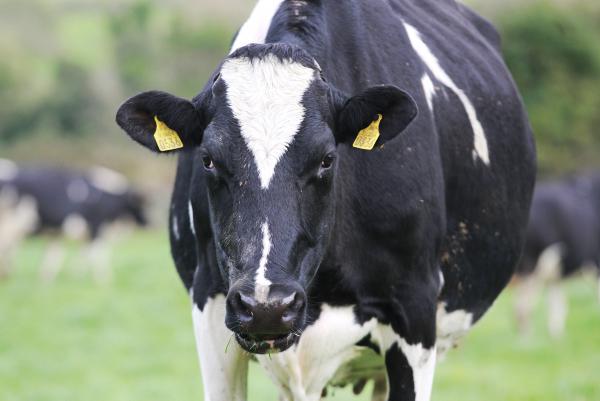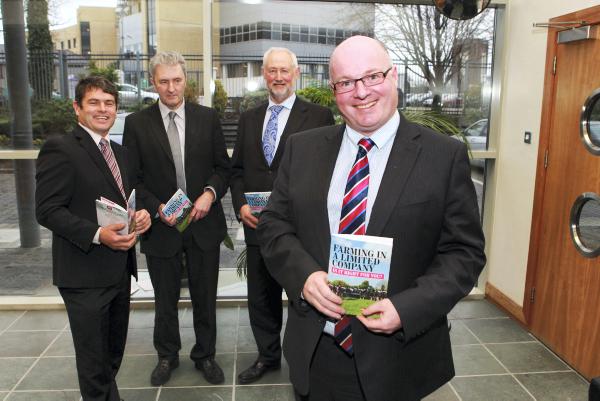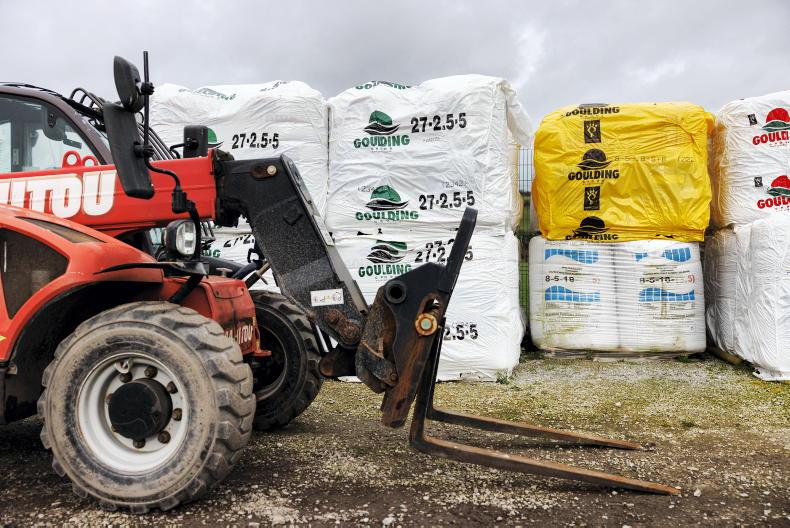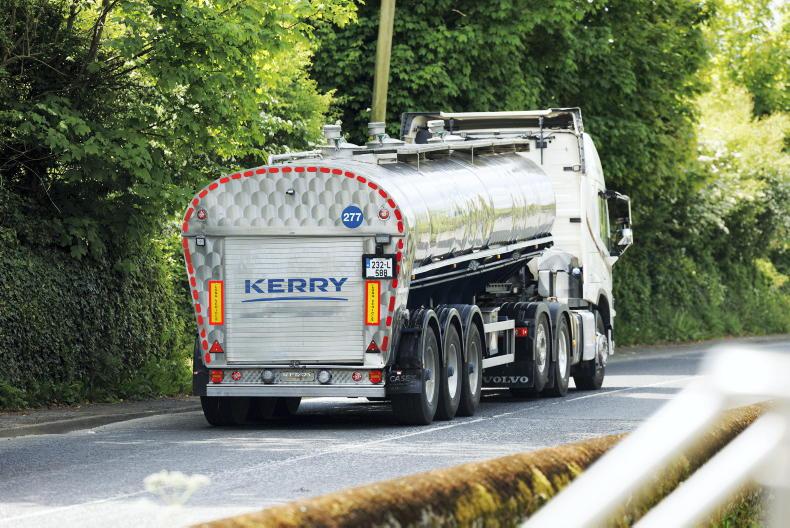Putting together a detailed cashflow budget is a useful next step in building an understanding of cashflow. It will help you to navigate the second half of 2015 and into 2016 with confidence and an understanding of what your net cashflow is likely to be at the end of every month during the next six to nine months.
Preparing a cashflow budget is not an exact science since farm product and input prices are always changing. However, do not let that put you off – what we look to do in a budget is to make our best attempt to map out the main money movements that are likely to occur and then use this to compare against what actually happens during the year.
Budgeting – the time, the place and the tools
• The time: You need to set aside time during the working day for the initial preparation of the budget as well as recording your actual cashflow at regular intervals. It may take a couple of attempts to get a decent budget together but be prepared to give it the time as the process will greatly help in clarifying what needs to be done over the next nine months.
• The place: Set yourself up to do this beside where you keep the farm records. You will need easy access to bank statements, sales dockets or statements, cheque books and invoices.
• The tools needed: You have options here – you can stick to the pencil, paper and calculator if you wish. Alternatively, Teagasc has a useful cashflow budgeting worksheet available to download from the following link http://goo.gl/sXEIx7. There are a few computer programs available to assist in cash budgeting and also cash recording and Teagasc has its own Microsoft Excel-based tool for this – the cost control planner. Further information on the planner is available by following this link http://goo.gl/sM68e5
Getting the
budget started
Record the main and consistent money-in and money-out items that occur yearly, and record them on the budget in the month you expect them to take place. Such items include periodic payments for electricity, insurance, land lease payments and loan repayments. Use your knowledge of the previous year as a guide.
Don’t forget to budget for personal cash needs (drawings) as well as your expected tax bill. The cash figure included for sales in each month will be determined by the amount sold and the price received – give your best estimate of both. Remember, it is important to record the cash movement only if you either receive money in or pay money out.
Tweaking the budget
Your completed cashflow budget should be a plan of how you predict money is going to flow through your bank account, merchant account or pocket during the year. There will be months where net cashflow will be positive and other months when it will be negative and this will feed through to your current account. If your budget indicates months when there is clearly a lot more going out in payments than is coming in via receipts, then you should inspect closely to see if you can better manage the money flow to try and reduce the monthly cash shortage.
Some options to look at here include:
• Rearranging loan repayments – the months of October to December normally show a lift in money coming in due to the arrival of EU direct payments, so some of the major repayments could be left to that period of the year.• For large merchant account balances, make a staged payment over a number of months rather than a full payment. This is provided your supplier is in agreement and won’t change any interest for late payment.• Arranging that any saved funds siphoned off during the year can be fed back in to boost cashflow in months where actual cashflow is tight.Records for you to use
You also need to measure your progress against the budget regularly. By recording against the budget, you can monitor progress and assess if your cashflow is proceeding as planned. Differences will indicate when it is important to reassess:
• Is the difference due to a “wide off the mark” budget?• Is the difference due to something beyond my control – an unexpected price change or emergency spending need?• Is there something specific which caused the actual not to match what was budgeted?• Do I need to recheck the overdraft or stocking loan requirements as a result of the difference to ensure they will cover any increased shortfall of cash?• Can I make changes in the next few months that will bring the actual back in line with the budget?By challenging yourself to come up with answers to these questions, you will be well focused towards managing your farm business for maximum profit.
This will ultimately ensure that your business will remain viable by generating enough cash to meet your daily requirements for both the business and the farm family.
Putting together a detailed cashflow budget is a useful next step in building an understanding of cashflow. It will help you to navigate the second half of 2015 and into 2016 with confidence and an understanding of what your net cashflow is likely to be at the end of every month during the next six to nine months.
Preparing a cashflow budget is not an exact science since farm product and input prices are always changing. However, do not let that put you off – what we look to do in a budget is to make our best attempt to map out the main money movements that are likely to occur and then use this to compare against what actually happens during the year.
Budgeting – the time, the place and the tools
• The time: You need to set aside time during the working day for the initial preparation of the budget as well as recording your actual cashflow at regular intervals. It may take a couple of attempts to get a decent budget together but be prepared to give it the time as the process will greatly help in clarifying what needs to be done over the next nine months.
• The place: Set yourself up to do this beside where you keep the farm records. You will need easy access to bank statements, sales dockets or statements, cheque books and invoices.
• The tools needed: You have options here – you can stick to the pencil, paper and calculator if you wish. Alternatively, Teagasc has a useful cashflow budgeting worksheet available to download from the following link http://goo.gl/sXEIx7. There are a few computer programs available to assist in cash budgeting and also cash recording and Teagasc has its own Microsoft Excel-based tool for this – the cost control planner. Further information on the planner is available by following this link http://goo.gl/sM68e5
Getting the
budget started
Record the main and consistent money-in and money-out items that occur yearly, and record them on the budget in the month you expect them to take place. Such items include periodic payments for electricity, insurance, land lease payments and loan repayments. Use your knowledge of the previous year as a guide.
Don’t forget to budget for personal cash needs (drawings) as well as your expected tax bill. The cash figure included for sales in each month will be determined by the amount sold and the price received – give your best estimate of both. Remember, it is important to record the cash movement only if you either receive money in or pay money out.
Tweaking the budget
Your completed cashflow budget should be a plan of how you predict money is going to flow through your bank account, merchant account or pocket during the year. There will be months where net cashflow will be positive and other months when it will be negative and this will feed through to your current account. If your budget indicates months when there is clearly a lot more going out in payments than is coming in via receipts, then you should inspect closely to see if you can better manage the money flow to try and reduce the monthly cash shortage.
Some options to look at here include:
• Rearranging loan repayments – the months of October to December normally show a lift in money coming in due to the arrival of EU direct payments, so some of the major repayments could be left to that period of the year.• For large merchant account balances, make a staged payment over a number of months rather than a full payment. This is provided your supplier is in agreement and won’t change any interest for late payment.• Arranging that any saved funds siphoned off during the year can be fed back in to boost cashflow in months where actual cashflow is tight.Records for you to use
You also need to measure your progress against the budget regularly. By recording against the budget, you can monitor progress and assess if your cashflow is proceeding as planned. Differences will indicate when it is important to reassess:
• Is the difference due to a “wide off the mark” budget?• Is the difference due to something beyond my control – an unexpected price change or emergency spending need?• Is there something specific which caused the actual not to match what was budgeted?• Do I need to recheck the overdraft or stocking loan requirements as a result of the difference to ensure they will cover any increased shortfall of cash?• Can I make changes in the next few months that will bring the actual back in line with the budget?By challenging yourself to come up with answers to these questions, you will be well focused towards managing your farm business for maximum profit.
This will ultimately ensure that your business will remain viable by generating enough cash to meet your daily requirements for both the business and the farm family.










SHARING OPTIONS